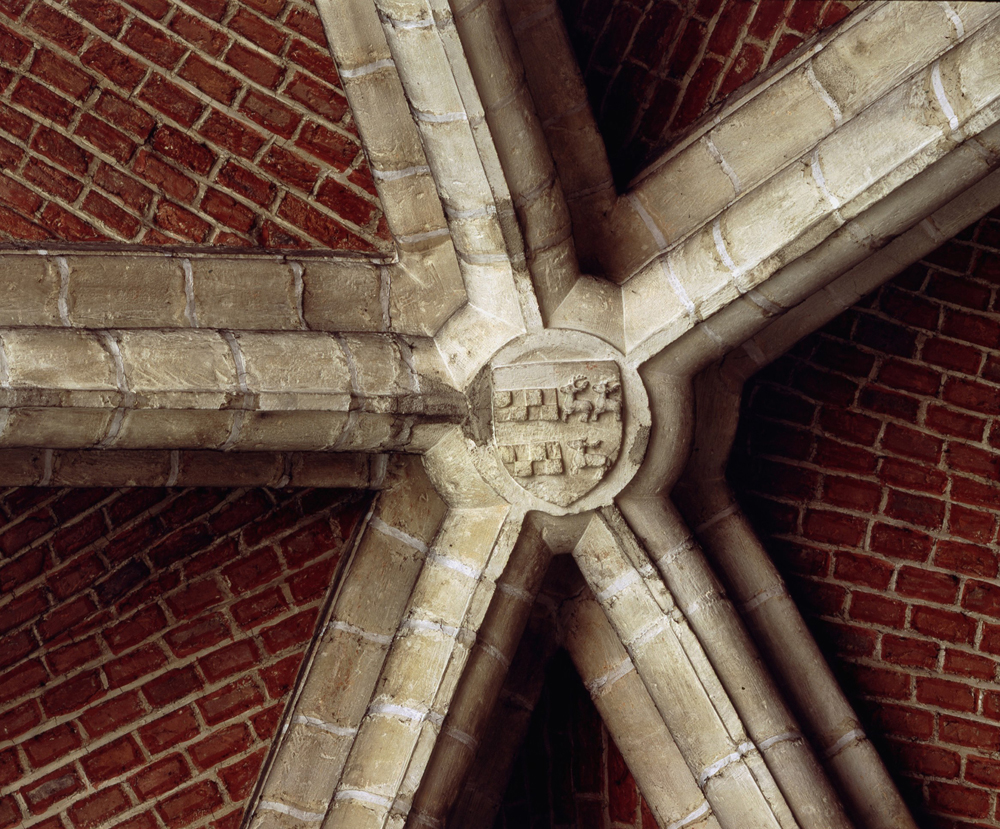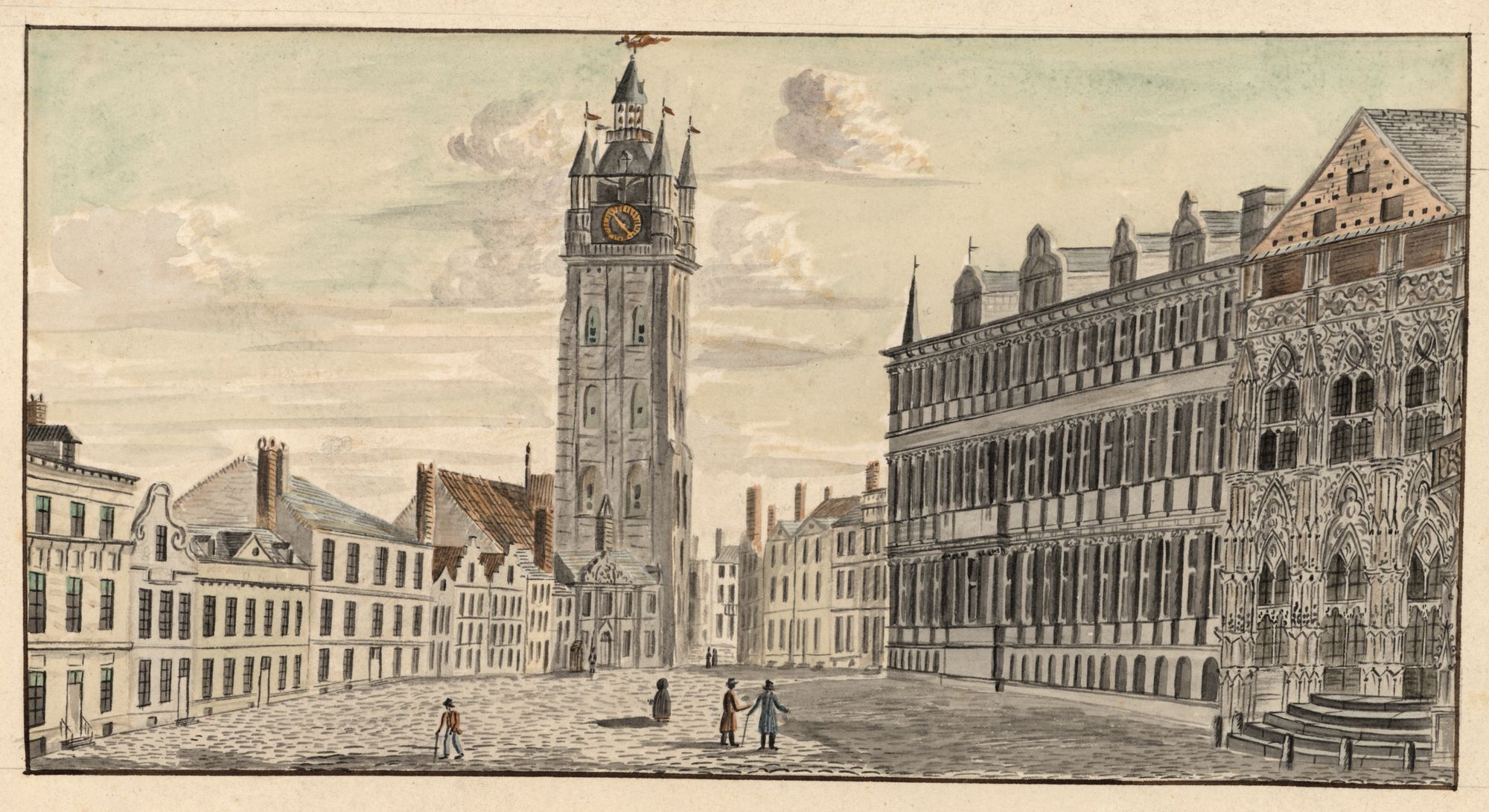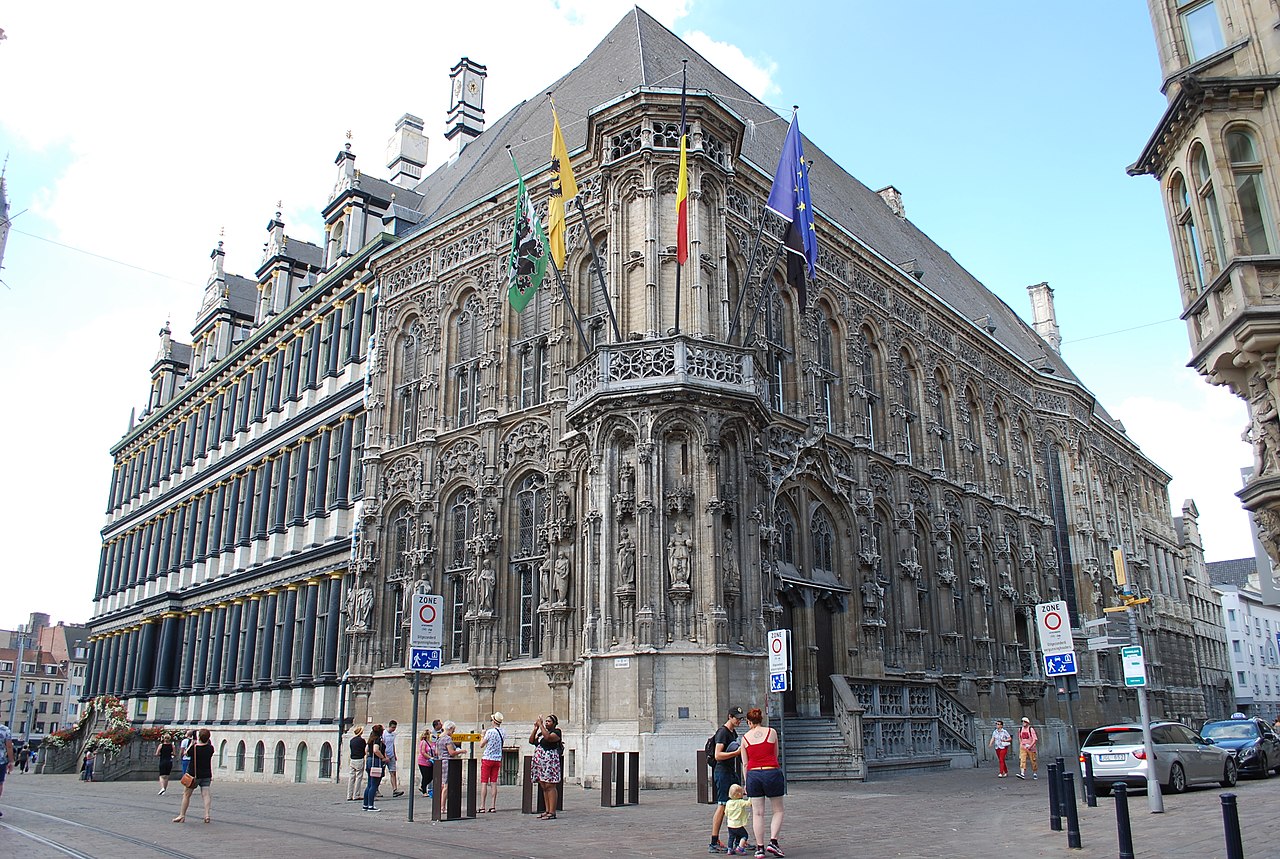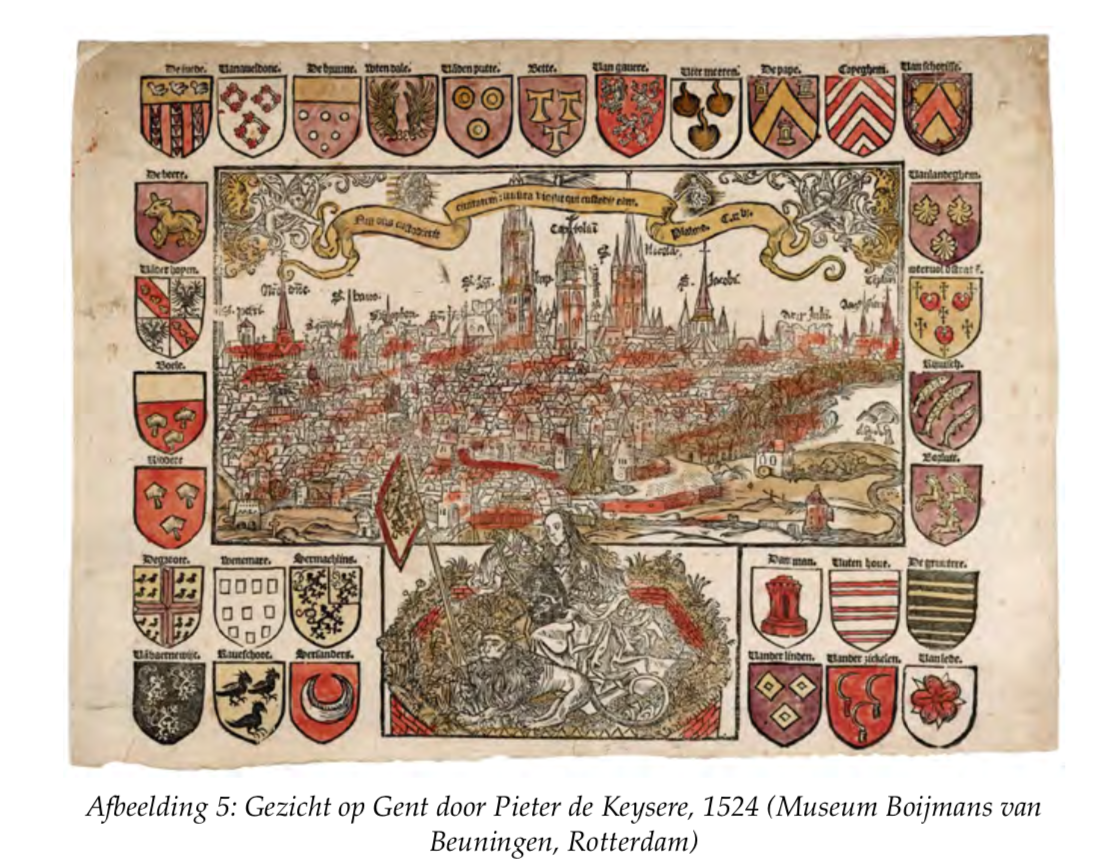 |
The Vijd ChapelGhent, a rich and powerful city in the Middle Ages, could always afford to build bigger and richer churches. For example, St. John's Church, a Romanesque church in a cross shape with a crypt, was converted in the Gothic style in the course of the 15th and 16th centuries. About the middle of the 16th century, the building had the appearance it still has today. With the foundation of the diocese of Ghent in 1561, the Saint Bavo Church was elevated to a cathedral. In 1566 as well as in 1578, the church was looted by the iconoclasts. In 1602, a lightning strike destroyed the crossing tower and the side towers. In 1640 the roof burned down completely. In the following centuries, the cathedral underwent major renovations and restorations Joos Vijd was closely involved in the St. John's Church (later called St. Bavo's Cathedral): he was a church master and very wealthy, he gave money for the construction of his own Vijt chapel. Around 1420 he commissioned the painter Hubert Van Eyck from Maaseik to paint an altarpiece for the altar of his chapel, which is now known as the Ghent Altarpiece. |
  |
The city councilGhent's town hall dates from the early 14th century. Since 1301, the Ghent council had been composed of thirteen aldermen of the ‘Keure’ who were responsible for the effective administration of the city and thirteen aldermen of ‘Gedele’ who were concerned with inheritance and guardianship issues. Shortly thereafter, the city council decided to purchase three buildings along the Hoogpoort; the beginning of what would become the current city hall complex. Joos Vijd, the initiator of ‘The Ghent Altarpiece’, was from 1396 on several occasions alderman of Ghent. In 1433-1434 he was the head of the ‘Keure’, a post comparable to mayor. Joos Vijd was also a trustee of Philip the Good, Duke of Burgundy. |
 |
Out and about with Elisabeth BorluutElisabeth Borluut lived in Ghent all her life, as a child in ‘the Arrow’ on the Hoogpoort and when she was married to Joos Vijd in the Hoge-Scheldestraat. The Borluuts belonged to Ghent, they were one of the oldest families of this city. Elisabeth knew the stories of her family. She liked to hear the story of Jan Borluut, who led a group of people from Ghent during the Battle of the Golden Spurs against the French. Elisabeth not only knew the stories of her family, she also knew Ghent like no other. She loved the colourful plates that hung on every shop, guild house, or brewery. She heard the activity on the market place through the window of her parental home on the Hoogpoort. She smelled the smell of urine and ground oak bark when she came close to where the tanners worked ... |
THE GHENT ALTARPIECE: Joos en Elisabeth Vijd
Sources
Books
-
VIJD Het verdriet van het Lam Gods
Bruyneel, Jonas (2019) - Uitgeverij Lannoo -
MAGNUM OPUS, het leven van Johannes, Hubert, Lambert en Margaretha Van Eyck
Raymond Corremans (2018) - Uitgeverij C. De Vries-Brouwers -
Een wonderbaarlijke tuin. Flora op het Lam Gods
Hilde Van Crombrugge en Paul Van den Bremt (2016) - Uitgever:Provinciebestuur Oost-Vlaanderen, Monumentenzorg
Websites
- https://lukasweb.be
- https://www.academia.edu
- https://visit.gent.be
- http://www.ghendtschetydinghen.be
- http://vlaamseprimitieven.vlaamsekunstcollectie.be
- https://www.kerknet.be
- https://www.mskgent.be
- https://www.youtube.com
- https://www.wikipedia.org
- http://static.digischool.nl
- https://www.historium.be/



